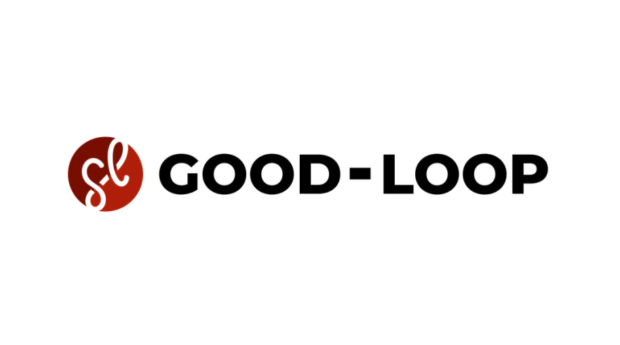Good-Loop’s Purposeful Ad Formats Raise £6m for Environmental Causes & Charities
by on 17th May 2023 in News

Almost 300,000 New Yorkers experiencing food insecurity fed for a day and 2,306 metric tonnes of carbon sequestered from the atmosphere through the restoration of mangrove forests and seagrass meadows.That’s just some of the social and environmental impact purpose-led ad platform Good-Loop has had – just by getting people to watch online ads. The B Corp-certified company has today (May 17th, 2023) released its annual Impact Report, which shows where the money it’s raised for good causes through advertising has been spent.
Good-Loop is on a mission to make the connection between brands and consumers more meaningful by delivering respectful ads that have real social and environmental impact – while also driving significant business and brand uplifts for advertisers.
The company’s unique ad formats motivate people to watch an entire ad online by generating a free charitable donation at the end of each spot. This strategy allows advertisers to receive more meaningful brand engagement, while appealing to consumers’ goodwill by providing a cost-free means of philanthropy.
Good-Loop’s latest Import Report shows the company’s purpose-led ad units raised £2.2m for 106 global charities last year, which means it’s given over £6m to environmental and social causes since its inception in 2016. Other charities supported include:
- Surfers Against Sewage: Enough equipment to provide 2,790 people with the vital tools, guidance and safety kit to remove plastic pollution from UK beaches;
- River Cleanup: 7,215kg of rubbish collected from rivers – contributing to an overall goal of preventing 100,000,000 kilogrammes of plastic from reaching our oceans by 2025;
- American Forests: 21,549 trees planted in a wildland restoration project covering one of the US’s most threatened ecosystems;
- Children In Need: 1,700 food parcels for children affected by poverty, ensuring they can access healthy food.
Francesca Trotman, founder & managing director, Love The Oceans, said: “Thank you so much Good-Loop and your partner Westfield for your amazing support. This money makes a huge difference to our work cleaning our oceans and supporting our community in establishing better protection for marine life.”
Good-Loop is also leading the way in creating solutions designed to make digital advertising climate-friendly. The average online ad campaign emits 5.4 tonnes of carbon (source: Good-Loop) – almost half what an average UK consumer and a third of what a US consumer produces in a year.
The company’s green media technology helps advertisers track and reduce the end-to-end carbon emissions generated by their digital ads.
Hannah Williams, Good-Loop’s Impact Manager, said: “It’s incredibly inspiring to see the real social and environmental impact our purpose-powered ad formats are having all around the planet. At Good-Loop we firmly believe in the power of advertising in driving real social and environmental change – and our latest Impact Report gives us six million reasons to believe we’re making a real difference to the planet and people’s lives during the cost of living crisis.
“As consumers have become more aware of the challenges our society faces, they’re looking to brands to step up and do their bit – and it’s an honour to work with so many incredible brands who are ready to step up and deliver meaningful social and environmental change.”
As well as the incredibly important social and environmental impact of its ads, 2022 was also a transformational year for Good-Loop, which closed a Series A round of USD$6.1m (£4.5m) in February 2022.
During 2022 the company doubled its headcount to 46 full-time employees. It also expanded overseas, setting up a new office in New York, with CEO Amy Williams relocating to the States to support the launch.
Good-Loop’s Impact Report – which can be viewed here – was created to make it as carbon efficient as possible. This included using specific colours, fonts, and imagery to minimise the carbon output every time the report is viewed. Readers can also read the report without downloading the full PDF to decrease energy usage.
Ad SpendAd TechCharityEnvironmental








Follow ExchangeWire